Subtracting fractions in 3 simple steps

Fractions are a challenging subject to grasp in maths. Helping children with subtracting fractions doesn’t have to be a difficult task though…
Follow our top tips on subtracting fractions in 3 simple steps!
1. Basic rules:
- The top number is called the numerator.
- The bottom number is called the denominator. This can be remembered as ‘d’ stands for denominator and down, as it’s at the bottom.
- Whatever is done to the denominator, must be done to the numerator.
2. Subtracting fractions with the same denominators
- As the denominators are the same, all that needs to be done is subtracting the numerators.
Example:
2/3 – 1/3
2 – 1 = 1
= 1/3
3. Subtracting fractions with different denominators
- The first step is finding the common denominator of the fractions being subtracted.
- This means that the bottom numbers need to be the same,
- To do this, find a number that both bottom numbers go into – a multiple of that number.
- For example, if the denominators are 4 and 8, both of these are a multiple of 8.
- It’s important to remember that whatever is done to the denominator, must be done to the numerator.
Example:
7/8 – 1/4 (Make the denominators the same)
7/8 – 1/8 (Do the same to the numerators)
1 x 2 = 2
7/8 – 2/8
Now subtract the numerators.
7-2 = 5
= 5/8
Top tips:
- Try drawing out the equations so it can be visualised. You can draw it like a pie:
 so this represents 1/4
so this represents 1/4
 and this is 1/3
and this is 1/3
- Or try asking it as a word problem.
- For example, Jessica has 1/3 of a chocolate bar. She gives her brother 1/2 of this. How much of the chocolate bar does she have left?
Subtracting fractions in 3 simple steps has never been easier!
Firstly teach your child the basic rules, labelling the numerator and denominator.
When the denominators are the same, the numerator simply has to be subtracted to get the answer.
When the denominators are different, a multiple of both denominators needs to be found.
Once this is complete, the same must be done to the numerator. Finally, subtract the fractions!
For additional help with subtracting fractions, click here.
If you are interested with other maths activities, like teaching times tables, find out more here.
Helping children with their spellings
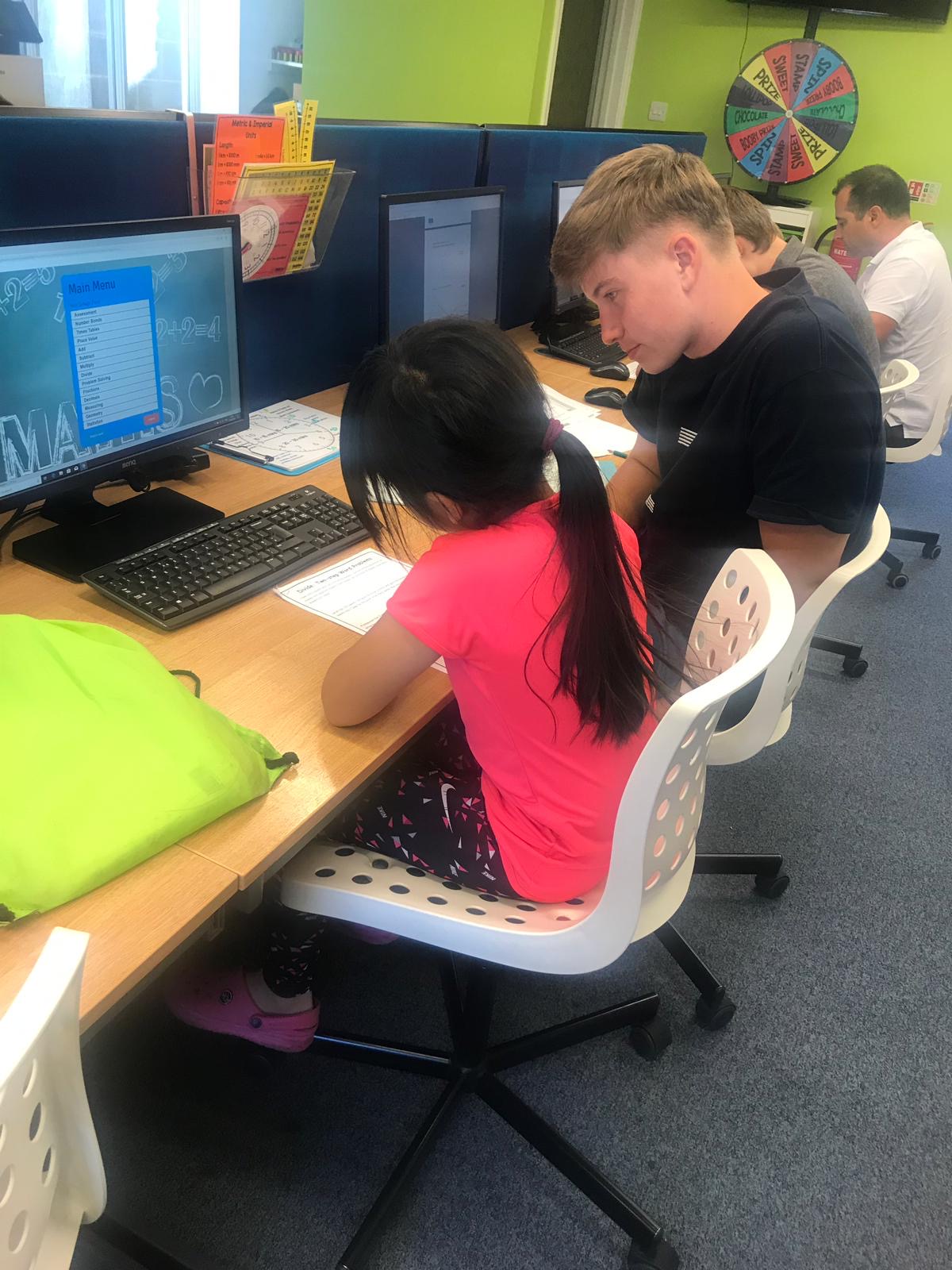
The English language can be challenging to grasp, especially for children learning how to spell. Helping children with their spellings doesn’t have to be difficult though!
Try these tips for making spelling that little bit easier for you child.
Learning letter patters
- I before E except after C. The letter i usually comes before e in a word, however there are a few exceptions to this rule, like seize, weird, science…
- It can be useful to teach children common word endings (called suffixes). Teaching the common word endings, like “-een” “-ough” “-tion” “-ue” “-cian” will help children to remember the spellings more easily.
- Some words don’t follow any rules or patterns so they have to be memorised, for example the b in ‘subtle’ is silent.
- Some double letters can’t be heard, like ‘accommodation’ and ‘disappoint,’ so learning the spellings for these is useful.
- Homonyms are words that sound the same but have different meanings, like ‘your’ and ‘you’re.’ These must be learnt as two separate meanings, to avoid confusion. The apostrophe in ‘you’re’ stands in place for ‘are,’ so this is a different meaning to the direct address using ‘your.’
Top tips:
- Reading: reading allows spelling to be learnt easily without realising, as well as improving vocabulary.
- Mnemonics: mnemonics involves using imagery or patterns, which ca help to remember spellings. Try learning acronyms, like ‘because’ can be remembered as as ‘Big Elephants Can’t Always Understand Small Elephants’, or the word ‘necessary’ has one c and two s’, which can be remembered by comparing it to a shirt, which has one collar, one c, and two sleeves, two s’.
- Spelling lists: create a new spelling list every week and test your child on it. You can make this fun by creating themed spelling lists, for example one on seaside-related spellings. Writing out the spellings over and over again, especially the incorrect ones, will help with memorising and perfecting them. It may be beneficial to keep a list or notebook to record all the spellings that have been learnt, then you and your child can return to the list to recap.
- Sounding out words: sounding out difficult words can help to break them down when spelling them, like February can be broken down into Feb-ru-ary, or Wednesday can be Wed-nes-day.
Helping children with their spellings has never been easier. Learning spelling patters and rhymes allows certain spellings to be remembered with ease. For some tricky spellings, there is no pattern, like words with silent letters – so these ones have to be memorised. Testing your child on their spellings by giving them weekly spelling tests will help them to remember spellings and letter patterns. For those tricker spellings, make a note of them and go through them together until they are perfected!
Click here for a list of challenging spellings to test your child on.
3 ways to engage children with learning
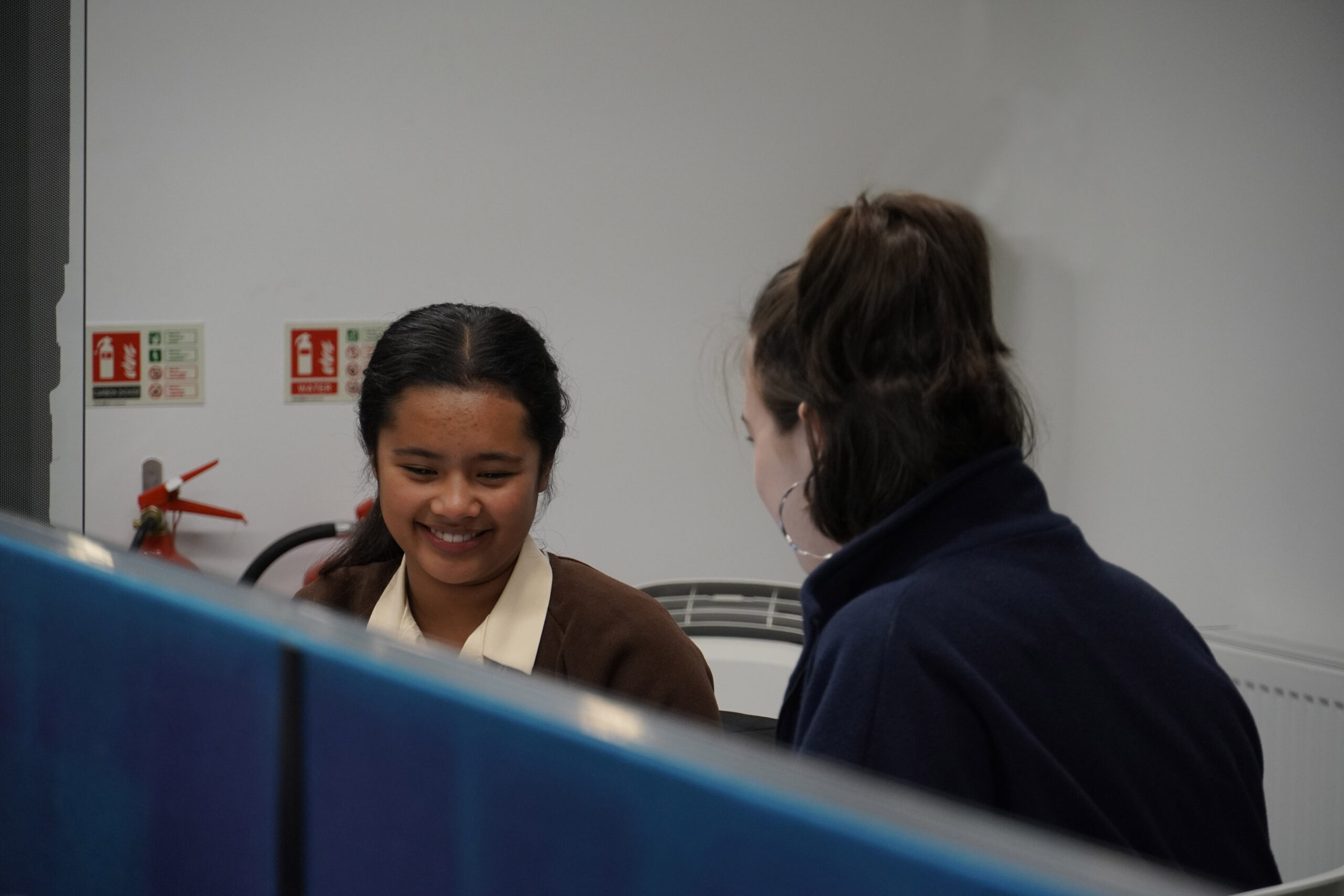
Keeping children’s focus and maintaining their full attention can be challenging when it comes to learning. This is because not all children will be motivated in every subject they do. This is why trying a range of techniques can be useful for maintaining interest with the topic being taught.
Here are 3 ways you can engage children with their learning:
Monitoring your child’s progress
Going through work with your child that they are currently working can help keep on track with their progress. Perhaps try talking to them about their day at school. Ask questions like:
- What did you learn?
- What did you think about the topic?
- Did you find it challenging or easy?
Anything they struggle with you can recap together. This will help your child to understand the subject as well as reflect upon their learning.
As well as reflecting on the challenging material, ask them what their favourite subject(s) are. You can encourage and motivate them in what inspires them, too!
Rewarding efforts with positive encouragement
Children are constantly learning and like to be rewarded when they’ve been working hard. Helping them recognise that they are progressing with learning and doing well will encourage them in education.
Rewarding can be given in many forms, either something tangible like a treat or in verbal praise, maybe an activity or day out.
These rewards can also vary depending on what has been achieved, for example verbal praise can be given when they have aced a spelling test. Something larger, like a fun day out can be for achieving top marks in an exam or a positive report card.
Different learning approaches
Discover whether your child learns best through auditory, kinaesthetic or visual learning. Auditory learning concerns learning through hearing, whether it’s listening to music which aids the learning process or repeating study notes aloud. Kinaesthetic learning is learning by doing, this could be acting out something or creating something, like colour coded notes. Visual learning when the learner helps by seeing what is being taught. This type of learner can write out notes, create a poster or draw.
Knowing how your child learns best is a step towards engaging them with learning. Everyone has a unique way of learning so identifying how your child learns most effectively will make learning fun and achievable. Keeping on track with their learning by knowing what they are being educated in and asking them how they feel about the material. This will help to identify which areas they need help in and offer positive encouragement to reward when they are doing well.
If you’re looking for other strategies to help with your child’s learning, like how to mitigate your child, read more on our blog here!
If you’re interested in the 3 ways to engage children with learning, read more about learning engagement theories here.
6 ways to help motivate your child

Motivating your child with learning and education doesn’t have to be a challenge. There are many ways parents can help their children stay on track with school work and learning, through monitoring progress, positive encouragement and being supportive.
Here are 6 to help motivate your child throughout their learning:
-
Organisation
- Pack a schoolbag the evening before.
- Complete homework the day it is set.
- Keep a diary or calendar of important dates.
- Create a study timetable.
- Create a list of tasks to be completed.
-
Punctuality
- Establish a routine. Try setting a time for completing homework, a time for dinner and a strict bedtime schedule.
- Plan ahead.
- Focus on a goal or objective to complete e.g. achieving predicted grades.
-
Reading
- Reading for pleasure expands vocabulary,
- Ir enhances creativity.
- It improves spoken and written English.
-
Study skills
- Complete past papers.
- Learn how to process and organise information.
- Prioritise tasks in order of importance.
-
Knowing important dates
- Make a list of important dates.
- Write dates somewhere visible to be reminded of them.
- Work towards the important dates allowing time to be managed effectively.
-
Private tuition
- Specialised tutors can assist in areas children need help in.
- Work towards goals together, whether it’s GCSEs, SATs or the 11+.
- Lessons tailored to the individual helping to stay on track and be motivated to learn.
Trying different approaches to motivate your child with learning is good for keeping on track with academic progress. For ideas on how to make learning fun for children, look at our blog here.
Read more about science-based approaches on motivating children here.
Encouraging critical thinking in children
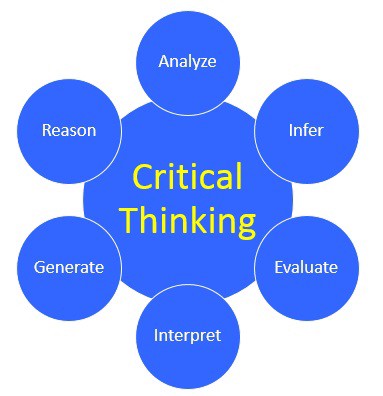
Encouraging critical thinking in children is an important life skill which is beneficial to learn from a young age.
Researcher Ellen Galinsky identifies the ‘Seven Essential Skills Every Child Needs’ in ‘Mind in the Making’ theory. She suggests that ‘to navigate the world, children need to focus, to determine what is important and to pay attention to this, amid many distractions. Focus is one of the essential skills we need to promote in our children.’
Channelling the executive functions of the brain helps us manage our attention, emotions and behaviour, in order to reach our goals. This is why it is useful to introduce critical thinking in children, in order to form concepts and judgements.
‘It is clear that there is information children need to learn – facts, figures, concepts, insights, and understandings. But we have neglected something that is equally essential – children need life skills.’
The 7 Critical Thinking Skills:
Focus and self-control
Blocking out distractions and learning to focus is a skill needed throughout education. This involves focusing on goals and grasping concepts that are taught by focusing undivided attention on what is being taught.
Provide opportunities for play
Figuring out how things work through play. Learning cause and effect, creating different reactions through different modes of play. This is how hands-on learning helps with developing critical thinking.
Pause and wait
Providing time to think and reflect upon the task or activity they are completing. It is important to let children have time to work out solutions for themselves before assisting.
Don’t intervene immediately
Wait and allow time to encourage children to learn for themselves before giving them a hand. This helps them develop executive functioning skills, a range of skills that help with staying focused and self-monitoring.
Ask open-ended questions
Instead of providing the answers to questions children ask, try and help them by asking what they think the answer could be. This aids with critical thinking, as they will learn to become inquisitive and think rationally instead of asking for the answer. Encourage children to think about what they have asked and what they think about it.
Help children develop hypotheses
Inspire learning by encouraging children to investigate further, whether it’s for educational purposes or for reflective thinking. Ask why they’ve come to a certain conclusion, whilst thinking about the learning journey.
Encourage thinking in new and different ways
Innovative thinking helps to develop children’s problem-solving skills. Help them to form their own views and opinions by questioning their processes and methods. Monitoring their learning and thinking of new ways to learn and considering all of the solutions of the learning process will change the way they think, encouraging critical thinking.
Encouraging critical thinking in children helps them to be driven by learning goals. It’s a method that involves using memory to keep a number of different concepts in mind at the same time, whilst paying attention, thinking flexibly and avoiding going on automatic pilot. Through applying all seven executive functions, it allows us to monitor feelings and thinking so we can ‘reflect, analyse, plan and evaluate.’
If you’re interested in Ellen Galinsky’s ‘Seven Essential Skills Every Child Needs,’ read more about it here.
Wondered how to make learning fun for children? Find out more on our blog.
Encouraging creative writing for children
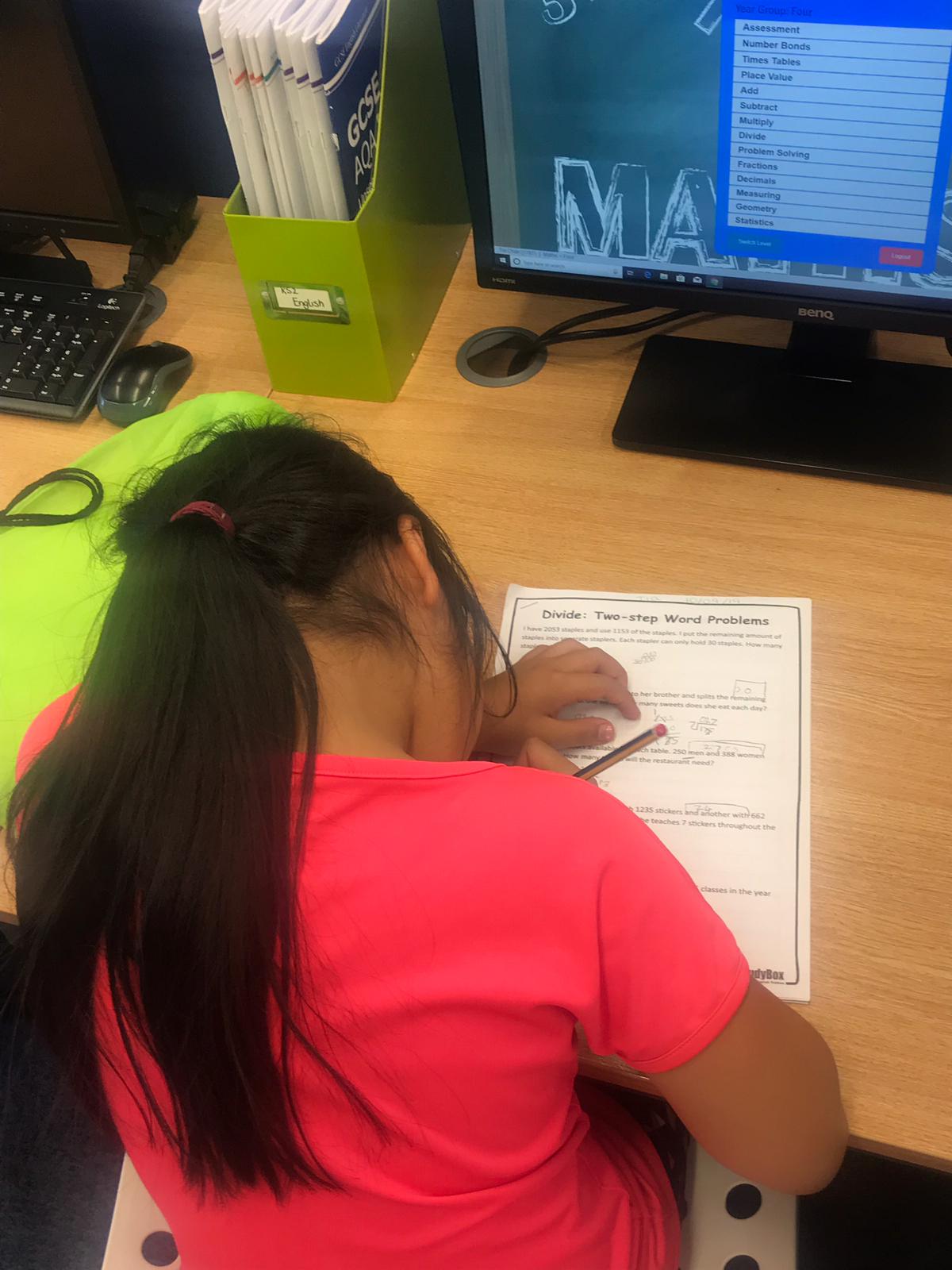
Encouraging creative writing for children has a number of benefits. It improves English and writing skills, spelling, creativity, communication skills, to name a few! It’s also great as a hobby, letting children’s imaginations run wild and write for fun.
According to creativity psychologist, Stephanie Dudek, ‘creativity plays an important role in technological advance, in the social and behavioural sciences, and in the humanities and arts.’
Here are some benefits of creative writing:
Improved reading and writing
Creative writing improves vocabulary, whilst developing children’s unique writing style. They may discover that they prefer writing in one particular genre, or explore many different types of writing! Grammar and spelling also improve with writing practice! The GCSE English Language syllabus involves creative writing, so it’s great preparation for that, too!
“Creative writing aids language development at all levels: grammar, vocabulary, phonology.” (Craik & Lockhart 1972).
Boosting creativity
Creative writing involves making up plots, scenarios and characters, in a way which will intrigue the reader. This stimulates the imagination and widens children’s thought processes, which is applicable to many other subjects! Creative writing can be an escapism for children, allowing their mind to become immersed in an imaginary world.
Self-expression
As well as developing an individual writing style, creative writing also allows children to express their thoughts and feelings in a fictional world. Sometimes children find it difficult to express themselves, or are unsure how to, so writing acts as a safe place to let out emotion.
Improved mental wellbeing
Creative writing has been linked to reducing stress levels by decluttering the mind and controlling emotions. This can boost mood and improve mental wellbeing, through participating in this beneficial and fun extra curricular activity.
Encouraging creative writing for children has numerous educational benefits, as well as being a great stress-relief exercise! It is also great practice for the creative writing English Language GCSE syllabus.
For additional help with English, encourage time for creative writing as a hobby at home! There are many ways to build confidence in English, read our blog on expanding your child’s vocabulary here.
StudyBox also offers after-school tuition in English, sign up here for a free trial! Or chat to one of our friendly tutors on 0203 189 1442 for more information.
Preparing for Mock Exams

Preparing for mock exams is key for achieving those predicted GCSE grades.
Mock exams are good preparation for GCSEs, which are sat during the summer. They predict how well students will do in their GCSE exams.
What are GCSE mock exams?
The mock exams for GCSEs are a way of measuring student’s progress, ahead of the official GCSE exams. They determine which GCSE paper the student will sit and which set they go into. Due to the difficulty of the GCSE exams, as well as the removal of coursework from many subjects, it is a way of measuring how well students are coping.
Why are mock exams important?
- Mock exams are an efficient way of preparing for the GCSE exams next summer.
- It gives students an idea of what to expect, completing tests with realistic crafted GCSE material under timed exam conditions.
- They are also a way of boosting confidence and steering students in the right direction. The mock grades received will inform students and teachers which areas students need that extra boost in, and which topics are going particularly well.
- It is important to treat mocks like the official GCSE exams. This allows students to view their feedback and consequently improve any difficult subject areas way in advance, so they are prepared for GCSEs. It is also great in preparing for mock exams. Establishing a revision routine and working on time management will be beneficial to learn ahead of GCSE revision. For more help on how to revise for GCSEs, click here.

How can students prepare?
- Leave plenty of time to revise. There are multiple topics to cover for every GCSE subject, and only some of the topics revised will appear in the exam. To ensure students are prepared, they must cover as much as the syllabus as possible.
- Know the syllabus. Familiarisation with every topic is vital to ensure students are confident when sitting exams. After all, everything students learn during revision will determine how much they are able to answer.
- Find which learning style works best. Everyone learns differently, whether it’s making revision cards, reciting information aloud or note taking.
- Practice papers. Writing practice papers will give students a feel for what material will come up. Completing these under exam conditions is even better to make it as realistic as possible!
- Additional tuition. Personalised tuition at StudyBox helps children focus on the areas that need improving, in preparation for their mock exams. Our friendly tutors specialise in maths, English and science, providing one-to-one support and go through GCSE past papers.
Interested in additional help for upcoming mock exams? Book a free trial on our website! Or talk to one of our tutors on 0203 189 1442 to find out more.
Learning Times Tables

Learning times tables can be a challenge for children, as there are multiple sequences to learn, from 1 up until 12.
Children start learning times tables in Key Stage 1. Times tables are really important to learn as they are the building blocks of maths; they make division, adding and fractions easier.
Knowing your times tables will come in handy for exams, like GCSEs, SATs and 11+, especially the non-calculator exams!
Here are some ways to make learning times tables that little bit easier:
Colour coding
- Colour code each times tables to make memorising them easier. Why not try matching up the times tables in the same colours that overlap, for example, in the 2 times tables 2 x 8 = 16, in the 8 times tables 8 x 2 = 16. These can both be in red. Learning just one variation, like 3 x 4 = 12, cuts the workload in half, when the equation is flipped it’s the same outcome: 4 x 3 = 12.
Make a times tables grid
- Create a 13 x 13 grid. Put a multiplication symbol in the left corner. Then write numbers 1 to 12 in the left top and bottom columns. You can practice times tables by filling in the squares.
- Alternatively, you can print out a completed grid and display it somewhere visible.

Start off small
- Start off learning the 2 times tables and work your way up.
- This will make it easier learning the bigger ones, once a general pattern is established.
- For example, 2 x 4 = 8, and 4 x 2 = 8. The 2 times tables can be doubled in the 4 times tables.
Make flash cards
- Make times tables flash cards, which can be taken with you everywhere! You can also colour code these.
- Constant repetition and being tested on them will make it easier for the information to be absorbed.
Find what works for you
- Find a learning style that works for you. Some people learn best through constant repetition to retain information, others prefer writing down or reciting information aloud.
Find different patterns
- Try and identify patterns in each time table, to make it easier to learn. The 9 times tables follow a pattern: 9, 18, 27, 36, 45… The units decrease each time as the times tables increase.
- For the 5 times tables, you can simply half 10 times tables, for example, 10 x 4 = 40, double 4 is 8, so 5 x 8 = 40.
- The 7 times tables are the hardest as 7 is a prime number, so the times tables don’t follow a pattern. Knowing that 7 x 7 = 49 makes it simpler, as you can work your way up or down the times tables from this.

Learning times tables is a skill for life. It increases ability and confidence with maths in future, as we use times tables throughout school and into adulthood, too!
Need additional help with times tables? Sign up for a free trial with StudyBox here! Or call the centre to chat to one of our friendly tutors: 0203 189 1442
Phonics and Sound Patterns

Phonics is the study of sound patterns. It is a method taught when learning to read, through linking sounds with the symbols that represent them.
This helps anyone learning the English language with the pronunciation of sounding out letters phonetically to make up a word.
According to Henry (1998) ‘teaching decoding and spelling based on word origin and structure results in improved reading and spelling.’
This method is commonly used in reception, to teach children how to read and spell.
There are certain formulas used to teach the English language by breaking down words and arranging certain letter groups together.
Decoding
Decoding is the process of teaching children to think of how a letter sounds by looking at it and repeating it aloud. This increases fluency with reading and pronunciation.
Decoding examples & Letter patterns
- Consonant, vowel, consonant words: e.g. o, a, e : d-o-g, c-a-t…
- Consonant clusters: consonants with no vowels between them e.g. st, tr, cr, sk : street, tree…
- Vowel digraphs/trigraphs: vowel sounds placed together making a single sound e.g. oa, ai, ee, oo : book, meet…
- Consonant digraphs/trigraphs: two or three letters placed together to make one sound e.g. ch, sh, th, wh : chat, shoe, that…
- R-controlled vowels: when an r is placed next to a vowel, changing the sound the vowel makes e.g. car, fur, horn…
C and K sounds:
- ‘As both letters make the same sound it can be confusing knowing which one to use. Identifying them as ‘curly c’ and ‘kicking k’ allows for easier differentiation between them both.
Blending
- Once children can identify individual letter sounds and clusters of letters, they can learn how to blend the sounds and say the entire word. This is the stage children learn to write out the words, called encoding.
Once the basic letter patterns are broken down and sounded out, decoding ensures that pronunciation and spelling are easy to teach. It is important to teach phonics and sound patterns in a broken down, simpler format, as when some letters are placed together, it changes their sound. For example, when an r is placed next to a vowel, it changes the vowel sound (like ‘fur‘ and ‘car‘). Once language patterns are simplified, words can be phonetically sounded out and fluency with reading and spelling is improved.
For additional help with English, why not book a free trial with StudyBox! Or call us on 020 7459 4110 for a chat.
StudyBox opens a new centre in Battersea!
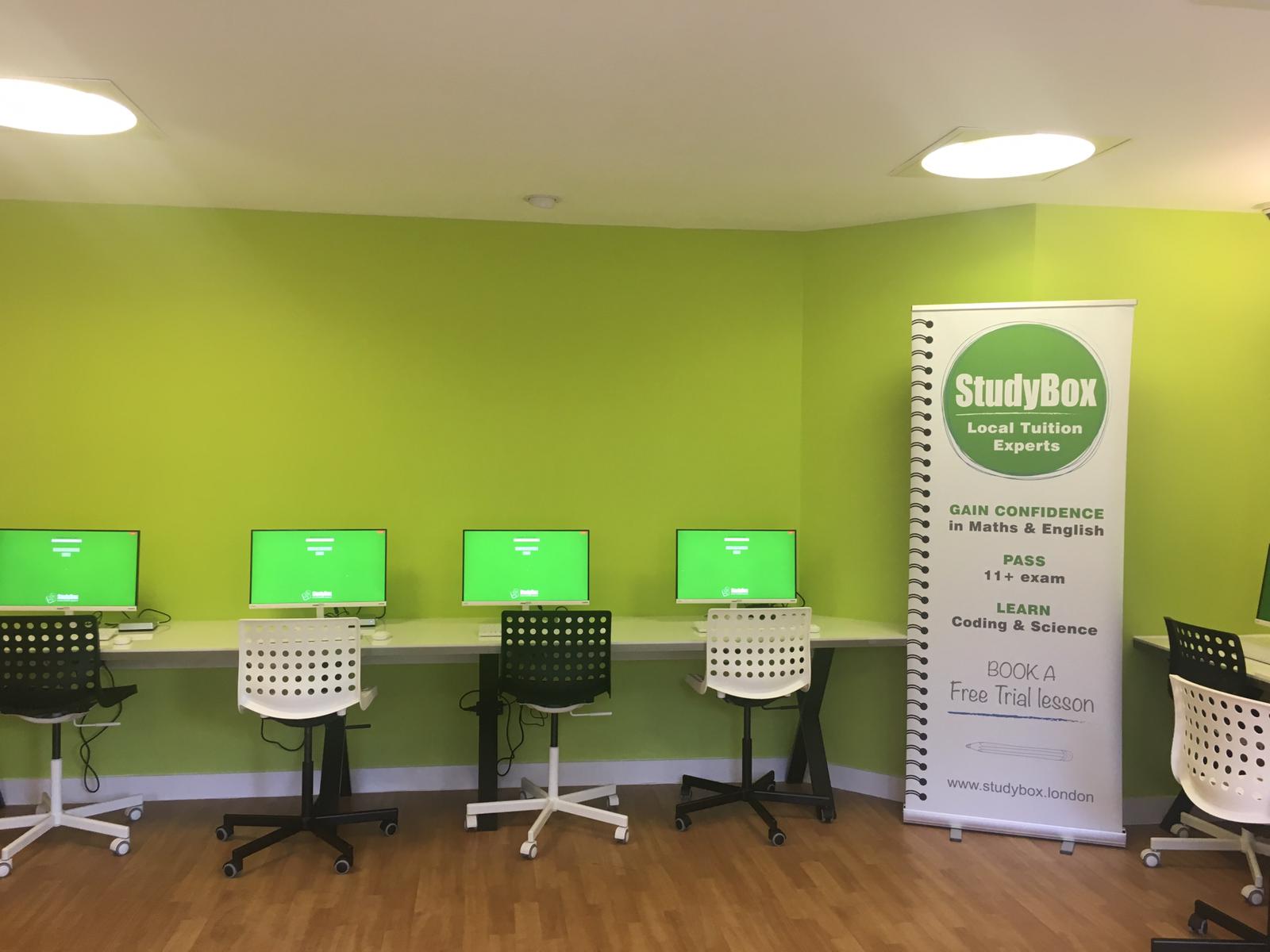
On the 21st October, StudyBox opens a new centre in Battersea!
StudyBox Battersea will be the latest addition to our other three centres, in Wallington, Sutton and Croydon.
With our new centre situated on the rear side of Riverside Nursery, it is ideal for parents who wish to drop their children off at nursery, or StudyBox for tuition!
StudyBox is an after-school tuition company established in March 2015, teaching children aged 5-16. We hire a wide range of enthusiastic tutors who adapt to the different learning styles and abilities of students.
At StudyBox, we believe it is important to build confidence. This encourages a love of learning that can help children to reach their full potential. We teach students in line with the National Curriculum and tailor each child’s lesson to meet their unique needs and to attain their learning goals.
Whether it’s assistance for GCSEs, SATs, the 11+ exam, or just additional tuition to be top of the class, StudyBox are here to help!
For a free trial at our new Battersea centre, or any of our other centres, apply here! Alternatively, call us on 020 7459 4110 for a chat.
The address for StudyBox Battersea:
Rear of Riverside Nursery,
Ensign House,
Battersea Reach
Juniper Drive,
Wandsworth, London,
SW18 1TA
